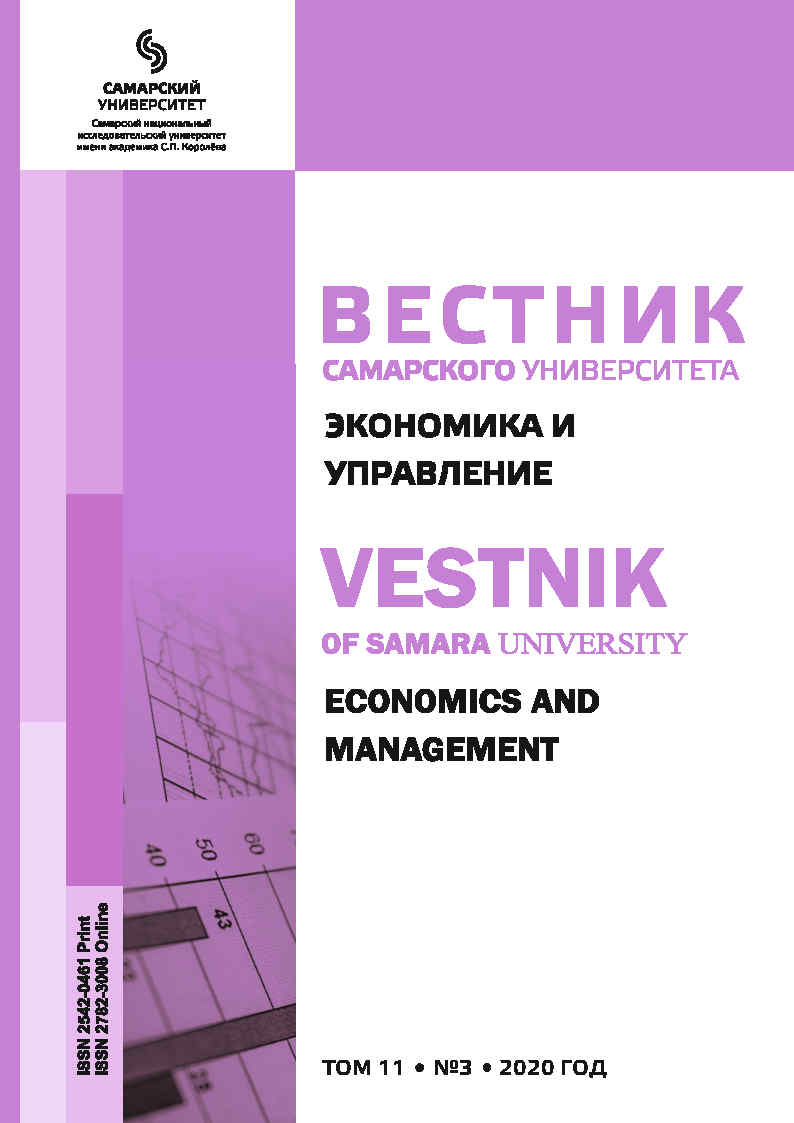ON THE THEORY OF INNOVATION DIFFUSION THAT TAKES INTO ACCOUNT SEASONAL PERIODIC FLUCTUATIONS IN THE NUMBER OF CONSUMERS
- Authors: Ilyina E.A.1, Parfenova A.Y.1, Saraev L.A.1
-
Affiliations:
- Samara National Research University
- Issue: Vol 11, No 3 (2020)
- Pages: 184-189
- Section: MATHEMATICAL AND INSTRUMENTAL METHODS OF ECONOMICS
- URL: https://journals.ssau.ru/eco/article/view/8151
- DOI: https://doi.org/10.18287/2542-0461-2020-11-3-184-189
- ID: 8151
Cite item









